These pebbles were deposited in a stream that once flowed over this area in Indiana, USA thousands of years ago. Now they are part of a clastic sedimentary rock called conglomerate.
Click on image for full size
Courtesy of Bruce Molnia, Terra Photographics
Step 3: Deposition (Sediments Settling Down!)
When water or wind loses energy and slows down, sediment can no longer be carried in it. The particles of sediment fall through the water or air and form a blanket of sediment on the bottom of a river, a lake, ocean, or on the surface of the land. This process is called deposition.
Settling out of the wind or water depends on the size of the clast. Larger clasts with high mass will settle more quickly than smaller clasts with less mass. Conversely, it takes more energy to move larger clasts through the water or air (a process called entrainment).
How does deposition happen?
Try this and find out!
- Add a handful or two of sediment to a jar that includes particles of different
sizes such as pebbles, sand and mud.
- Fill the jar with water and seal the lid on top.
- Shake the jar and watch the pebbles and dirt become entrained in the water.
- Let the jar sit still for a few minutes. What has been deposited on the
bottom of the jar? Are any of the small particles still in the water? (The
heaviest items fall out of the water more quickly than the small ones once
you stop shaking the jar.)
Last modified August 25, 2003 by Lisa Gardiner.
You might also be interested in:

Wind is moving air. Warm air rises, and cool air comes in to take its place. This movement creates different pressures in the atmosphere which creates the winds around the globe. Since the Earth spins,
...more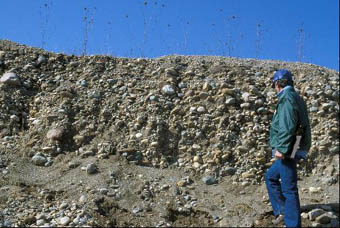
When water or wind loses energy and slows down, sediment can no longer be carried in it. The particles of sediment fall through the water or air and form a blanket of sediment on the bottom of a river,
...more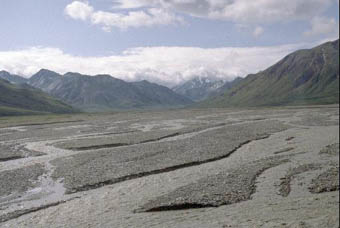
Sneeze into a pile of dust and the particles fly everywhere. Sneeze into a pile of rocks and they stay put. That’s because they have more mass. You need more force than a sneeze to move those rocks. Wind
...more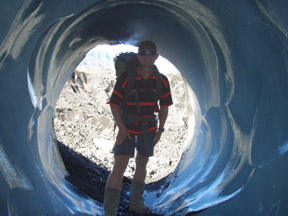
I'm a New Zealand teacher. I teach geography to high school students before some of them go on to university. We try to teach as much geology and earth science as we can, and we go on lots of field trips.
...more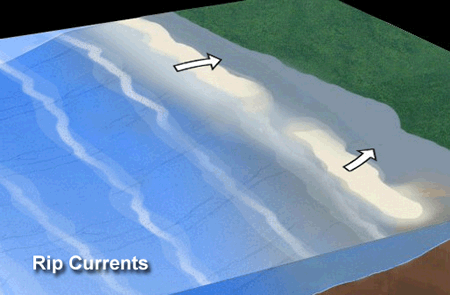
Ocean waves often approach a coastline at an angle. This moves water along the coast in a longshore current. Longshore currents grow stronger when the incoming waves are closer to perpendicular to the
...more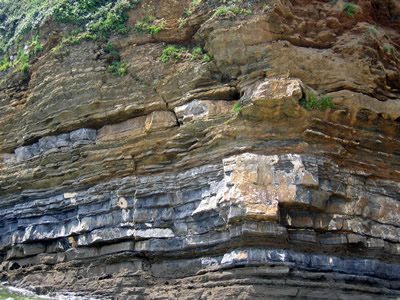
As the world looks for more energy, the oil industry will need more refined tools for discoveries in places where searches have never before taken place, geologists say. One such tool is a new sediment
...more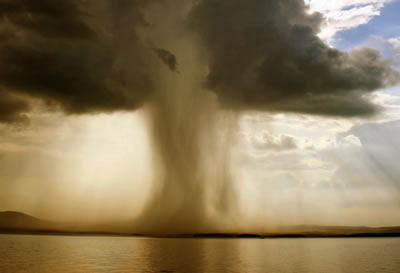
Earth is the water planet. Big Idea 5.1 Water is found everywhere on Earth, from the heights of the atmosphere to the depths of the mantle. Early in Earth’s history, surface water accumulated through both
...more














